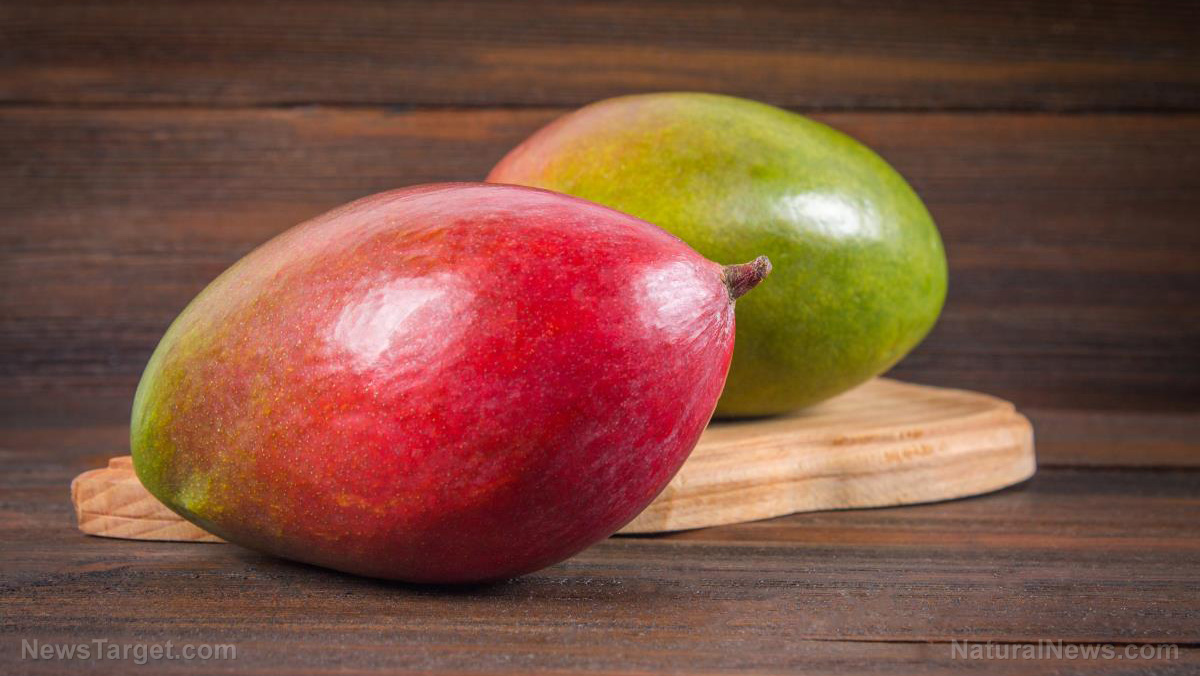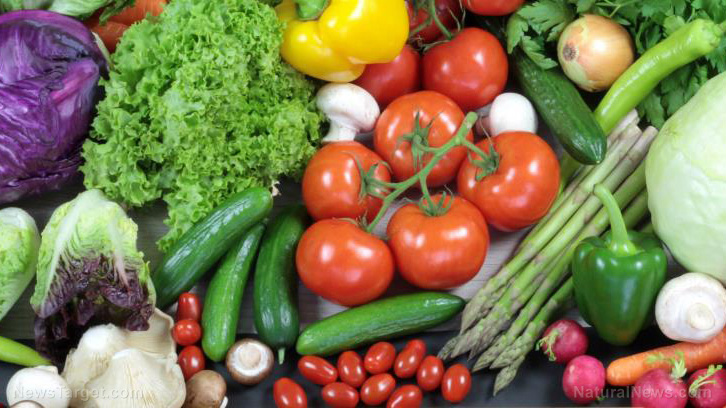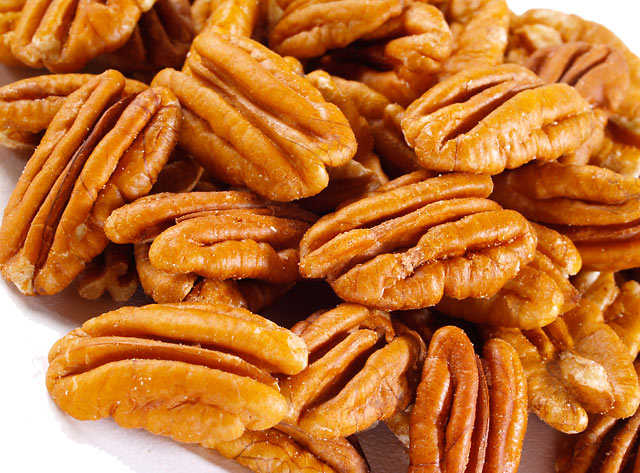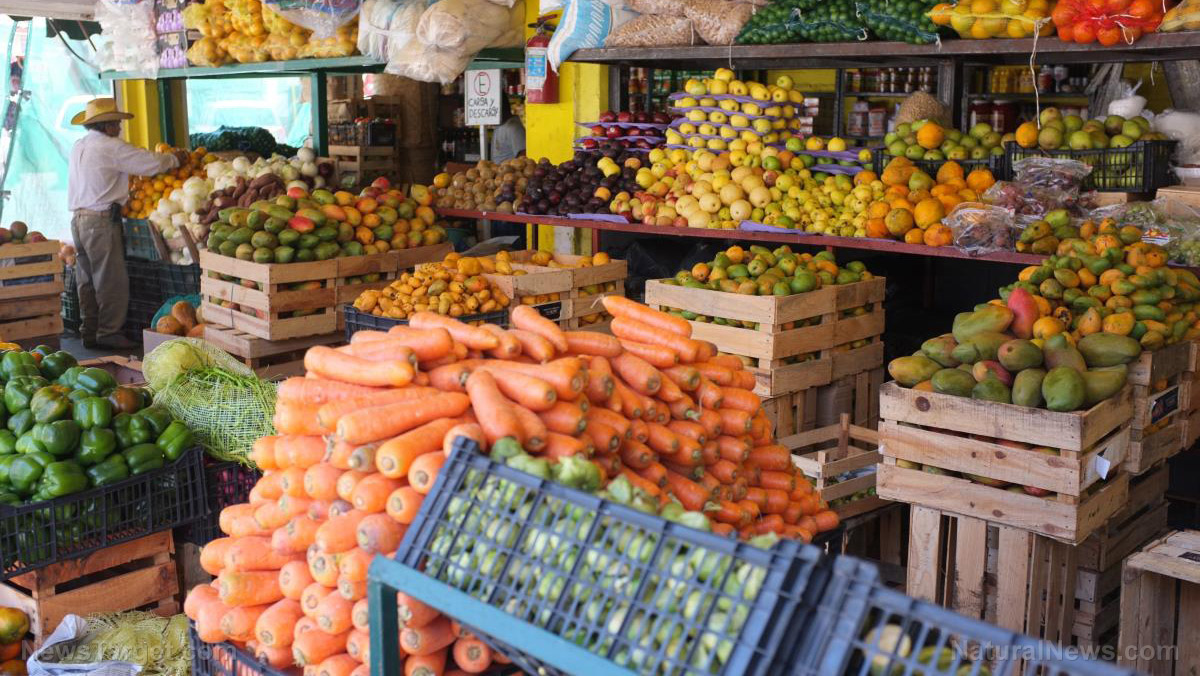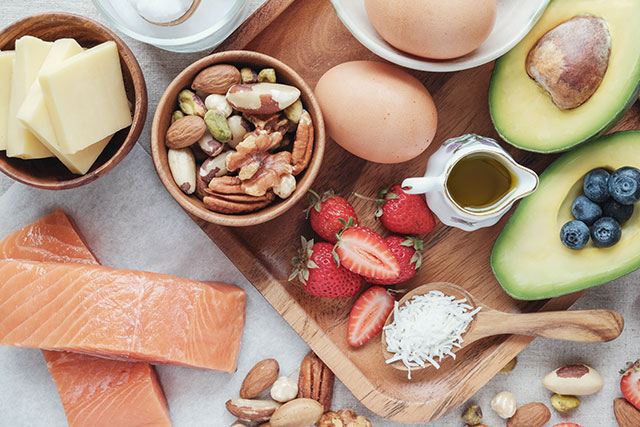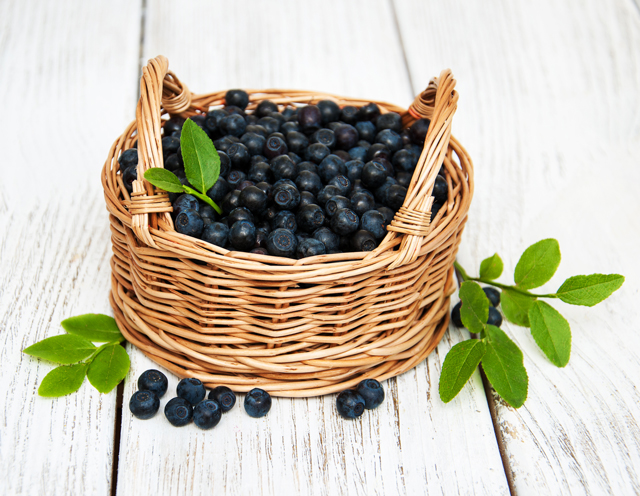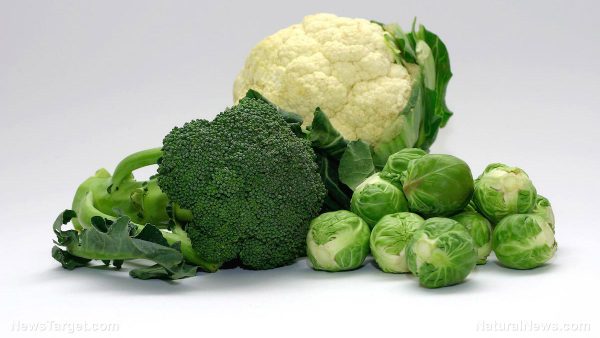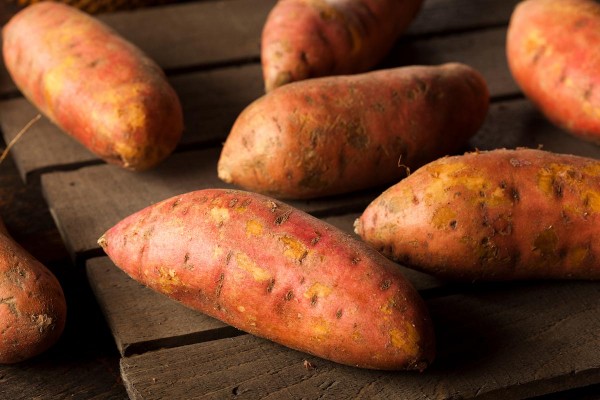Mango (Mangifera indica), the fruit that is commonly known for making smoothies, not only has a fascinating history but also contains many health benefits. Mango is a tropical tree that is native to India and Myanmar, and has been cultivated since 2,000 BCE. Around 1,000 years ago, it was introduced to Africa, and to tropical America in the 19th century. Today, mangoes are cultivated in tropical and warm temperate climate.
The mango tree produces large, oval-shaped fruits that are red and gold when ripe, and green when unripe. Its fruit can also be yellow-colored when ripe in some varieties. Its leaves are smooth-edged and are reddish when young, but become dark green and shiny as they mature. The mango tree produces small pinkish-white flowers that will become the fruit later on. Its fruit is a drupe, or stone fruit, that contains one large seed surrounded by fleshy pulp and a thin, leathery skin. However, the tree takes quite a while to bear fruit. It only starts to bear fruit four to six years after it was planted, but it continues to produce fruit for approximately 40 years. Even so, when the tree is more than 10 years old, it will more likely produce fruit only every other year.
Aside from its fruit, other parts of the mango tree such as the roots, peel, stem bark, leaves, flowers, and seed kernels have also been used traditionally. These parts contain more bioactive compounds, such as mangiferin, compared to the fruits.
For over 4,000 years, mango has been used in Ayurveda, which is the main system of traditional medicine in India. It was believed to contain aphrodisiacal properties and is still viewed today as sacred. Several parts of the plant are used as paste or powder for cleaning the teeth, and the juice of its fruit is considered as a restorative tonic and a treatment for heat stroke. The seeds are used as an astringent and as an asthma treatment. The smoke from burning its leaves is used to ease hiccups and sore throats, while the bark is used as an astringent in diphtheria and rheumatism. The gum is used in dressings for cracked feet and for scabies. Some parts of the plant are also used in Ayurvedic medicine as antiseptic, an astringent to tone lax tissues, a laxative, a diuretic, and to enhance sweating, improve digestion, and eliminate parasitic worms or other internal parasites.
Today, Ayurvedic practices use mango leaves for diarrhea, while mango seed’s juice is used for nosebleeds. Ripe mango fruit, together with honey, is used for enlarged spleen treatment. Moreover, pounded mango bark is added to milk and sugar for gonorrhea treatment.
Meanwhile the Tikunas, the indigenous people of Brazil, Columbia, and Peru, use mango leaf decoction as a contraceptive and abortifacient.
Aside from its medicinal benefits, it is also used in some tropical countries as a meat tenderizer because of its proteolytic enzymes that break down proteins. Its fruit, when unripe, is used to make chutney, pickles, curies, and dehydrated products like dried mango, raw mango powder, and green mango beverage. On the other hand, ripe mango fruit is processed into canned and frozen slices, pulp, concentrate, juices, nectar, jam, purée, cereal flakes, toffee, and different dried products.
Nutritional content of mango
Mango is a superfruit that contains more than 20 different vitamins and minerals. One cup of diced mango contains one gram (g) of protein, 100 g of calories, 0.5 g fat, and 25 g carbohydrate. It can also provide 100 percent of the daily need for vitamin C, 35 percent of daily vitamin A, 12 percent of daily fiber, 20 percent of daily folate, and 10 percent of daily vitamin B6. Furthermore, it has no cholesterol, sodium, and fat. (Related: Why mango is an undeniable ‘superfruit’ you should be eating more frequently.)
Read more news stories and studies on fruits by going to Fruits.news.
Sources include:
CMS.Herbalgram.org
Mango.org

